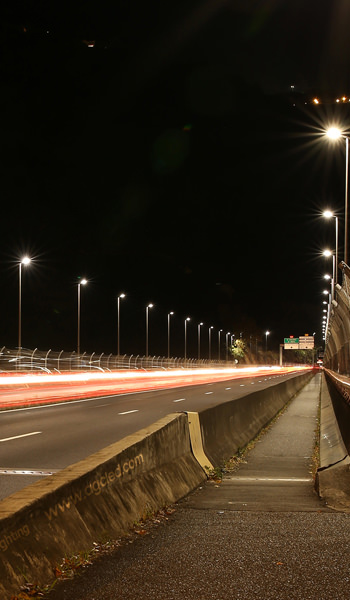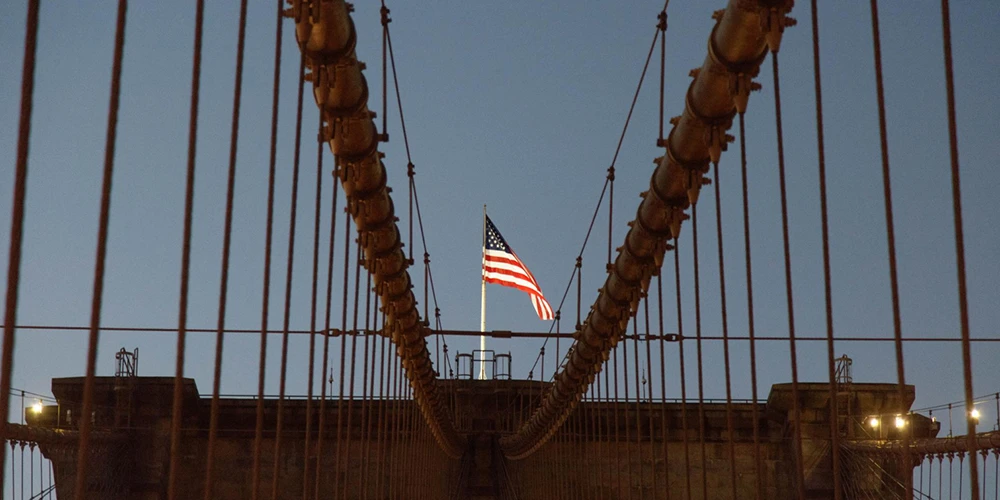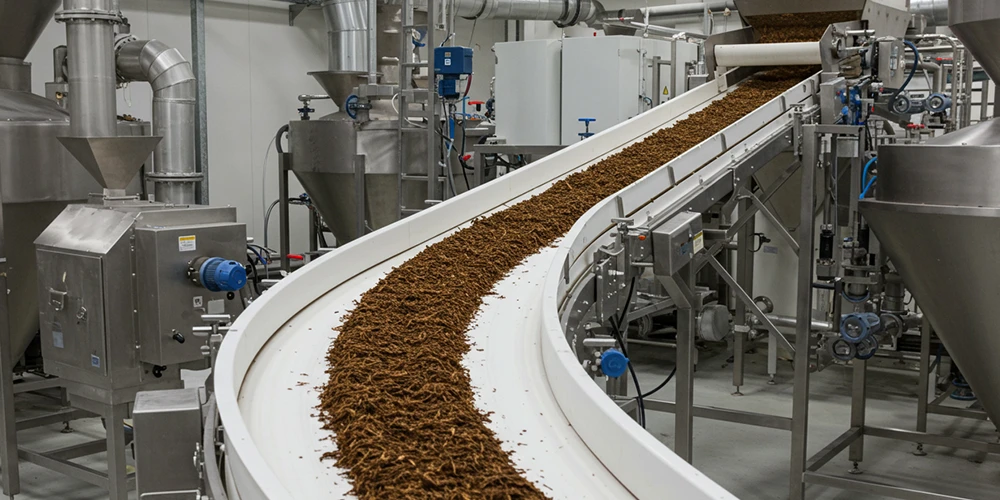A highway, also known as a controlled-access highway or motorway, serves as a critical backbone for national commerce and transportation, connecting cities and regions across the country. However, without proper lighting, these roads can become dark and hazardous. Effective highway lighting is essential for creating safer and more efficient roadways, significantly impacting millions of lives every day.
Successful highway lighting project
We completed a highway lighting project in the Middle East that left our customer highly impressed with the results. This complex project spanned a 25-kilometer highway, including bridges and causeways. The harsh environmental conditions posed significant challenges.
However, our high-quality street lights not only helped our customer win the project but also delivered exceptional performance. The highway is now brightly and uniformly illuminated, enhancing both safety and visibility. Additionally, the smart control system enables greater energy cost savings, making our solution both effective and efficient.

Considerations for safe and efficient highway lighting
To achieve a successful highway lighting project, it’s essential to start with the purpose of highway lighting itself. The primary goal is to enhance visibility and create a safe environment for all users during nighttime hours. For government agencies, energy efficiency is also a top priority due to the extended operating hours of these lighting systems.
So, how can we design highway lighting that is both safe and efficient? Here are some key considerations:
Adequate lighting for safety
Adequate lighting is essential for ensuring visibility and safety at night. On freeways, lighting levels are generally lower, as these roadways have limited access and little to no pedestrian or bicyclist activity. In contrast, expressways require higher lighting levels due to an increase in conflict points, such as intersections and driveways, as well as a greater likelihood of pedestrian presence.
Effective lighting not only involves sufficient brightness for visibility but also considers luminance contrast, which helps drivers detect objects more easily. If an object is darker than its background, it can become "invisible" to drivers, increasing the risk of accidents.
Here are the luminance requirements for highways:
|
Road Type |
Pedestrian Activity |
Average Luminance cd/m2 |
Average to Minimum Uniformity Ratio |
Maximum to Minimum Uniformity Ratio |
Maximum to Average Veiling Luminance Ratio |
|
Freeway |
- |
≥0.6 |
≤3.5 |
≤6.0 |
≤0.3 |
|
Expressway
|
High |
≥1.0 |
≤3.0 |
≤5.0 |
≤0.3 |
|
Medium |
≥0.8 |
≤3.0 |
≤5.0 |
≤0.3 |
|
|
Low |
≥0.6 |
≤3.5 |
≤6.0 |
≤0.3 |
Heat dissipation for reliable performance
Heat significantly impacts LED lighting performance. While LEDs are often rated to operate within a broad temperature range from -30 °C to 60 °C, the optimal temperature for maximizing efficiency and longevity is around 25 °C. Higher ambient temperatures can impair LED performance by reducing the efficiency of power conversion from electricity to light, making effective heat dissipation critical.
A prime example can be seen in highway lighting projects in the Middle East, where ambient temperatures remain high year-round and can exceed 50 °C during the summer months. In these challenging conditions, our street lights utilize finned housing covers designed to enhance thermal management. The fins help manage temperature more effectively, preventing overheating and preserving LED efficacy and durability over time.

Environmental resilience in highway lighting
Highway street lights must withstand various harsh conditions, including extreme temperatures, humidity, UV radiation, and even corrosive agents. Robust IP ratings ensure resistance against dust and water ingress. Additionally, impact-resistant lenses and vibration-dampening mounting systems protect against vehicle collisions and wind-induced fatigue.
For highways located in seasides and coastal areas, anti-corrosion measures for street lights are critical. Durable marine-grade materials, such as low-copper aluminum or stainless steel, are essential for fixture housings. Anti-corrosion coatings and treatments further enhance longevity.
Protect the dark sky and wildlife
Light pollution disrupts local ecosystems, especially affecting nocturnal wildlife and bird migration patterns. To help minimize these impacts, fully shielded street lights are essential; they direct light downward, reducing sky glow and preserving natural darkness.
Additionally, selecting appropriate color temperatures—typically warmer LEDs around 3000K. This can minimize blue light emissions, which are known to interfere with the circadian rhythms of both humans and wildlife. Except for the optional warm white CCT, our street light ST61 Versa-Lite also features optional blue-light-free chips, allowing it to illuminate the highways effectively without disturbing the circadian rhythms of both humans and wildlife.
Smart control for energy savings
There are many smart lighting controls available today, including DALI, 1-10V dimming, Zhaga, timer dimming, and RoLa. Available with plug-and-play sensors or sockets, our street lights can achieve smart control easily. These advanced controls enable more flexible management of highway lighting, leading to greater energy savings, reduced energy waste, and enhanced sustainability.
Our Self-Adjusting Midnight Lights system offers an additional cost-saving solution. With this system, highway street lights automatically adjust their brightness based on ambient darkness, helping to further reduce energy usage. By choosing the Self-Adapting Midnight dimming option, you can achieve over 50% power savings.
This system is self-learning, automatically recording switch-on and switch-off times over a rolling three-day period to adapt to seasonal changes in day length. This means it doesn’t require manual adjustments, making it a truly autonomous solution for sustainable lighting.















